
6 minute read
Creativity and risk
FEATURE / 35 ➜ SPOTLIGHT
Creativity and Risk



Creativity and risk can play important roles in education, especially when building literacy and communication skills for children with SEND, says Trisha Lee, founder of education charity, MakeBelieve Arts.



I
wrote five-year-old Bella ’ s name at the top of my A5 sheet of paper. Like many of the children I work with when I demonstrate for teachers, I had never met Bella before.
“Are you ready to tell me your story?” I asked, aware of the group of teachers who were watching me. “W Pon A Tum, ” said Bella.
“I’ m sorry? I didn ’t quite hear you. Could you repeat that?” I asked, moving my ear nearer to Bella ’ s mouth to make sure I didn ’t miss anything. When she repeated herself, I played the sounds silently around my head, unpicking the meaning. Finally, it made sense.
“Once upon a time?” I asked, checking with Bella that I had heard her correctly. She greeted my words with the biggest of smiles. It was okay, I had understood her. The teachers behind me breathed.
“A Prin Eh Live In A Car All, ” Bella continued. Her speech was difficult to understand, but once I had tuned my ear into the specific nuances of her language, I was confident I could scribe her story.
This is one of the favourite parts of my work. Taking a few minutes with a child









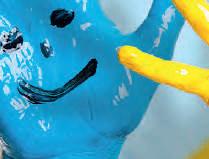


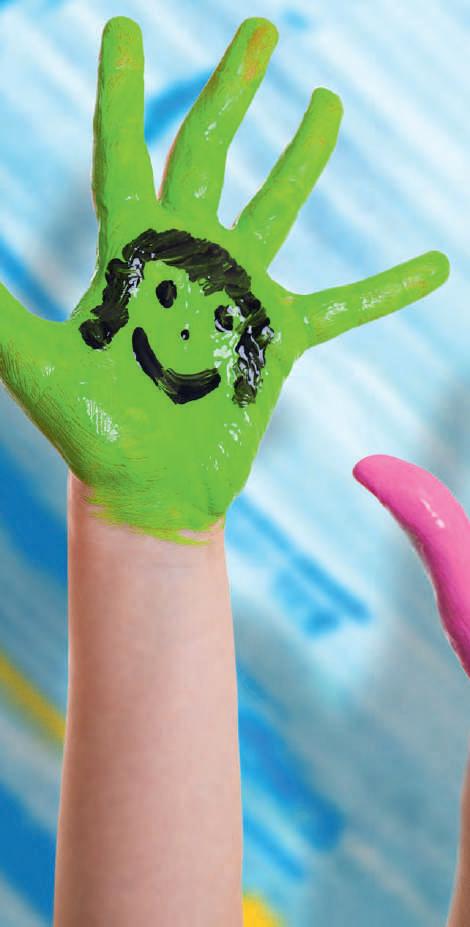
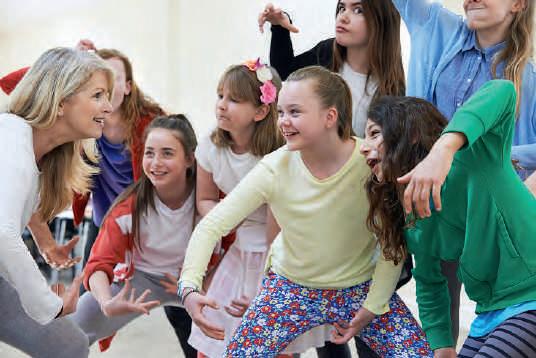





and listening carefully to every word they say, so that I can write it down verbatim. Later the class will gather around a taped-out stage to act out all of the stories that have been scribed that day. This is Helicopter Stories or Storytelling and Story Acting, based on the work of the late Vivian Gussin Paley and pioneered in the UK by education charityt , MakeBelieve Arts.
Bella’s finished story went like this:
As I scribed Bella’s story, I was making lots of choices. I could hear she had speech and language difficulties, and she was struggling to shape the words in her mouth. When this






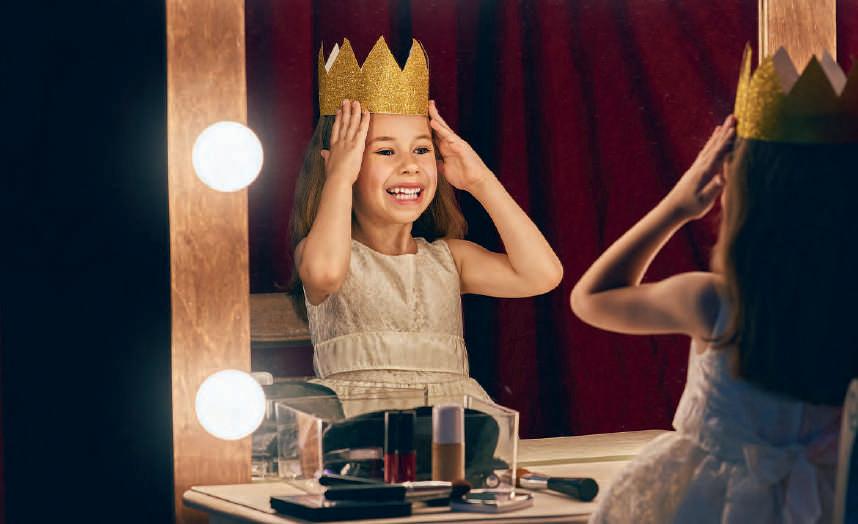
is the case, I always write what I believe the child is trying to tell me, rather than the words they actually say. If I had repeated ‘W Pon A Tum,’ that would have felt like I was making fun of Bella. By taking the time to really listen to what she was saying, I understood that it was once upon a time. When I spoke these words out loud, I acknowledged that I understood her, and Bella’s confidence grew.
However, when it came to the grammar side of Bella’s story, I wrote her words verbatim. ‘Her got high heels. And her got pink hair.’
SCRIBING AND ACTING
By scribing verbatim, we create an exact record of a child’s grammatical language. This gives us a range of evidence on where each child is with regards to their speaking, narrative development and comprehension. It also helps to uncover the natural rhythms unique to each child and we find out what’ s important to them in their growth as storytellers. em
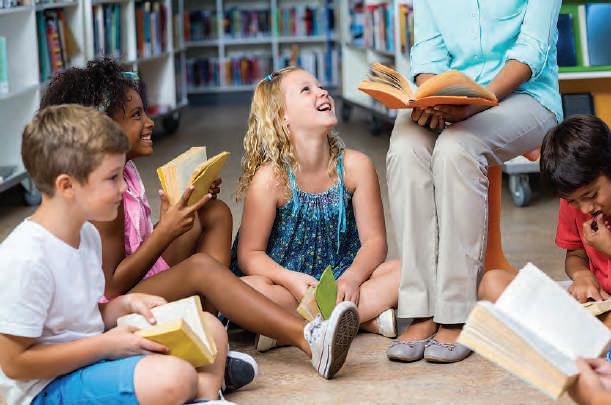
BIO
T R I S H A L E E
Bestselling author Trisha Lee founded the educational charity, MakeBelieve Arts, in 2002. The charity pioneers a storytelling curriculum, and Trisha’s most recent book, The Growth of a Storyteller, examines the cognitive and developmental impact that this curriculum has on young children’s literacy, communication and confidence. To find out more, visit
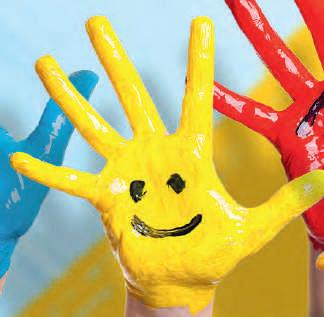
helicopterstories.co.uk/about-us
If I had tried to change Bella’s story into a more grammatically correct version, I would have changed the tempo of her story. When Bella dictated to me, she said her words with pride, looking into the distance as if she could see the princess she was describing.
One of the best things about Helicopter Stories is that the process doesn’t end with the story being told. It is then brought to life in front of an audience. When Bella acted out her story, I read each phase back to her exactly as she said it. Then I asked to see the actions.
“Can I see the princess walking around the stage in her high heels? Shall we pretend that you have pink hair?”
During this process, Bella demonstrated creativity. She created an imaginary character and revealed the depth of her comprehension through her ability to bring her story to life. Because her ideas were valued and her unique way of expressing herself was accepted, her confidence soared.
Helicopter Stories gives children the space to develop their imagination. The approach is linked to the most important learning tool we have, fantasy play, and it enables us as adults, to witness that learning tool in action and to see the impact that play has on our children.
During Helicopter Stories, children are allowed to get their story out, to explore their creativity without interference. They are given an opportunity to make up stories without planning or fixing it first. Amazingly, when we set up space for this to happen, children embrace it effortlessly from as young as two years of age.
There are many skills that children incorporate when they dictate and act out their stories. They are spontaneous, they improvise, they communicate with an audience, and create something out of nothing. To achieve this, they use all the means at their disposal, the expressions on their faces, the movement of their hands, the words they know and the ones they invent to communicate meaning to their friends. They tell their stories with urgency, as it forms in their minds. And, when we scribe children’s stories and make time to act them out, we place value on the way they describe their universe.






